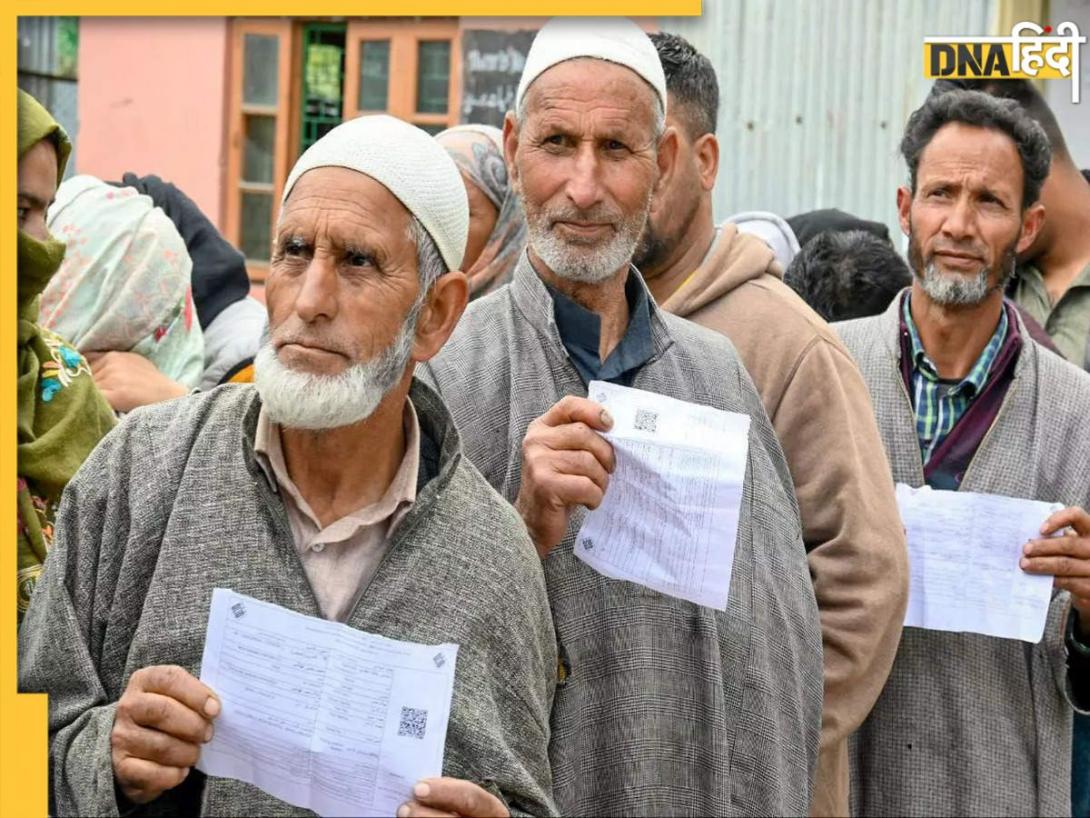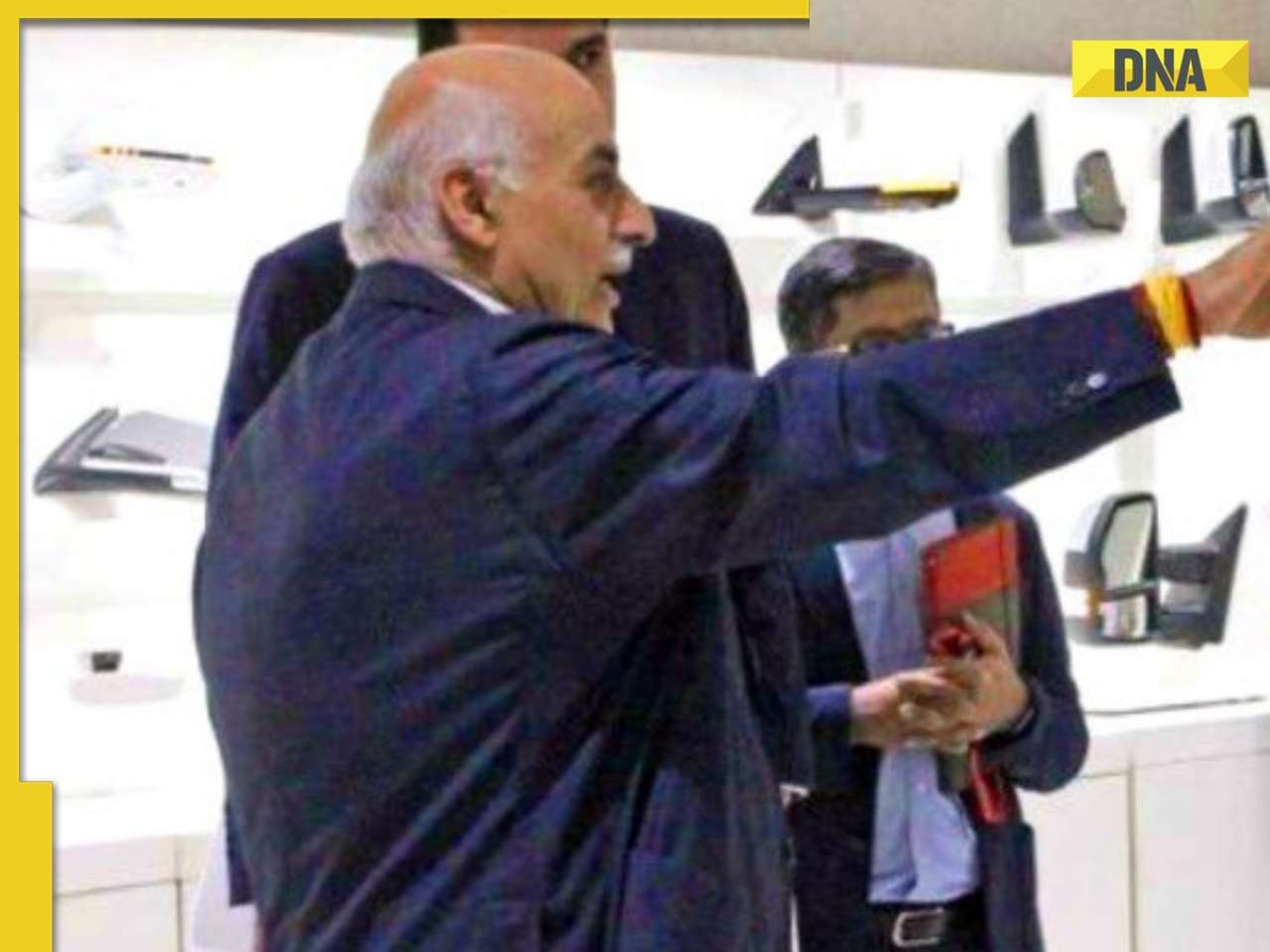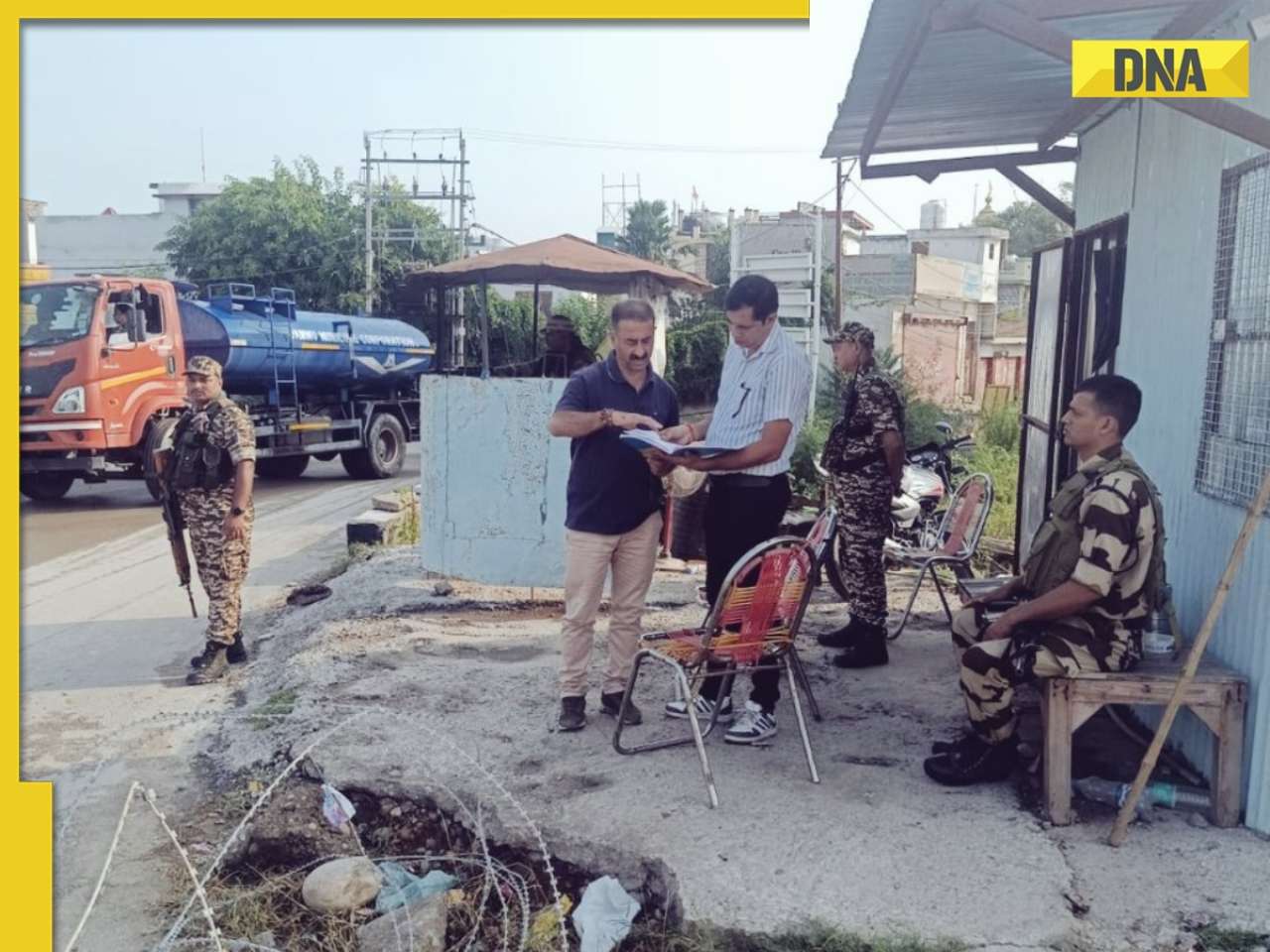Mapping the 22.7-km Metro corridor from Connaught Place to the Indira Gandhi International Airport, on GIS will help in mobilising emergency services in case of a blast or fire.
The Delhi Metro's Airport Express Line, which will take passengers from Connaught Place to the international airport here in 18 minutes, will be mapped on Geographic Information System (GIS) to enhance safety, maintenance and traffic regulation, a first of its kind exercise in India.
Mapping the 22.7-km Metro corridor from Connaught Place to the Indira Gandhi International Airport, which is expected to become operational by September 2010, on GIS will help in mobilising emergency services in case of a blast or fire on the train.
The Reliance Infrastructure-led Delhi Airport Metro Express Pvt Ltd, a Special Purpose Vehicle created to implement the Airport Express line, will map all the emergency services including fire stations, police stations, hospitals etc along the alignment, a company spokesperson said.
The spokesperson told PTI that the company has already made some maps for the Delhi alignment. Once the construction of the corridor is complete, locations of the piers, viaduct, stations will be imported into GIS.
"GIS technology will enable efficient maintenance of the Metro line and it will have layers ranging from technical details of pillars, piers and transformers," the spokesperson said.
GIS is a system of mapping spatial information/data in various layers and representing it in the form of a map. "GIS is one of the sophisticated technologies which we are using for implementation of the Metro project. This would go a long way in providing a quick and efficient service to the people," the spokesperson said.
The layers correspond to the Metro corridor, utilities, land base including roads, landmarks, buildings, rivers and railway crossings. It also maintains information on the equipment like underground cables, transformers, piers, viaduct, stations and tracks. The spokesperson said the GIS will help mainly in maintenance of the system.
"With the help of GIS maps the exact location of the fault along the network can be determined and maintenance team can be dispatched immediately. This will ensure speedy maintenance and a better and reliable service," the spokesperson said.
![submenu-img]() How Kareena Kapoor, Hansal Mehta's The Buckingham Murders breaks moulds to emerge as a rare post-pandemic hit thriller
How Kareena Kapoor, Hansal Mehta's The Buckingham Murders breaks moulds to emerge as a rare post-pandemic hit thriller![submenu-img]() Bhool Bhulaiyaa 3 director Anees Bazmee on box office clash with Singham Again: 'Why should I talk to Ajay Devgn?'
Bhool Bhulaiyaa 3 director Anees Bazmee on box office clash with Singham Again: 'Why should I talk to Ajay Devgn?'![submenu-img]() Meet man, son of auto driver, resigned after being insulted as police constable, then cracked UPSC exam to become...
Meet man, son of auto driver, resigned after being insulted as police constable, then cracked UPSC exam to become...![submenu-img]() Congress releases manifesto for J-K polls, promises Rs 4000 to...
Congress releases manifesto for J-K polls, promises Rs 4000 to...![submenu-img]() Arjun Tendulkar shines with 9-wicket haul in dominant victory for...
Arjun Tendulkar shines with 9-wicket haul in dominant victory for...![submenu-img]() Mamata Banerjee और प्रदर्शनकारी डॉक्टरों के बीच हुई मीटिंग, जानें किन मांगों पर बनी बात
Mamata Banerjee और प्रदर्शनकारी डॉक्टरों के बीच हुई मीटिंग, जानें किन मांगों पर बनी बात![submenu-img]() Bihar Politics: बिहार की राजनीति में अब जासूसी कांड, Tejashwi Yadav ने लगाया बड़ा आरोप
Bihar Politics: बिहार की राजनीति में अब जासूसी कांड, Tejashwi Yadav ने लगाया बड़ा आरोप![submenu-img]() हरी झंडी दिखाने की मची होड़, धक्का-मुक्की में वंदे भारत ट्रेन के आगे गिरीं BJP विधायक, VIDEO
हरी झंडी दिखाने की मची होड़, धक्का-मुक्की में वंदे भारत ट्रेन के आगे गिरीं BJP विधायक, VIDEO![submenu-img]() जम्मू-कश्मीर में पहले चरण का चुनाव प्रचार थमा, 18 सितंबर को 24 सीटों पर डाले जाएंगे वोट
जम्मू-कश्मीर में पहले चरण का चुनाव प्रचार थमा, 18 सितंबर को 24 सीटों पर डाले जाएंगे वोट![submenu-img]() Shakira संग लाइव कॉ�न्सर्ट में हुई बदसलूकी, चोरी छुपे एक शख्स ने रिकॉर्ड किया Video
Shakira संग लाइव कॉ�न्सर्ट में हुई बदसलूकी, चोरी छुपे एक शख्स ने रिकॉर्ड किया Video![submenu-img]() Ford to return to India after 2 years with reopening of....
Ford to return to India after 2 years with reopening of....![submenu-img]() Maruti Suzuki launches new Swift CNG, check price, mileage, other features
Maruti Suzuki launches new Swift CNG, check price, mileage, other features![submenu-img]() ‘30 LPA, 3BHK, no in-laws’: Woman earning Rs 1.32 lakh salary lists demands for future husband, netizens say...
‘30 LPA, 3BHK, no in-laws’: Woman earning Rs 1.32 lakh salary lists demands for future husband, netizens say...![submenu-img]() In a big EV push, Centre launches Rs 10900 crore PM E-Drive scheme to replace…
In a big EV push, Centre launches Rs 10900 crore PM E-Drive scheme to replace…![submenu-img]() World’s longest car has helipad, swimming pool, mini-golf course, can seat over…; it cost…
World’s longest car has helipad, swimming pool, mini-golf course, can seat over…; it cost…![submenu-img]() Meet man, son of auto driver, resigned after being insulted as police constable, then cracked UPSC exam to become...
Meet man, son of auto driver, resigned after being insulted as police constable, then cracked UPSC exam to become...![submenu-img]() Meet woman who cracked UPSC at 22 without coaching while looking after ailing father, but then lost parents, now she...
Meet woman who cracked UPSC at 22 without coaching while looking after ailing father, but then lost parents, now she...![submenu-img]() Meet man, IIT graduate, who left Rs 1 crore salary job for UPSC, secured AIR 1 in 1st attempt, posted in...
Meet man, IIT graduate, who left Rs 1 crore salary job for UPSC, secured AIR 1 in 1st attempt, posted in...![submenu-img]() How to Crack NEET 2025 in First Attempt?
How to Crack NEET 2025 in First Attempt?![submenu-img]() SBI SCO Recruitment 2024 Notification: Sarkari Naukri for 1497 posts, check eligibility and selection process
SBI SCO Recruitment 2024 Notification: Sarkari Naukri for 1497 posts, check eligibility and selection process![submenu-img]() Kolkata Doctor Case: Protesting Doctors React After CBI Arrests Sandip Ghosh And Abhijit Mondal
Kolkata Doctor Case: Protesting Doctors React After CBI Arrests Sandip Ghosh And Abhijit Mondal![submenu-img]() Nitin Gadkari: Union Minister Nitin Gadkari Reveals He Was Offered Support For PM Post But Declined
Nitin Gadkari: Union Minister Nitin Gadkari Reveals He Was Offered Support For PM Post But Declined![submenu-img]() Kolkata Doctor Case: Junior Doctors Protest For 5th Night As Talks With CM Mamata Fail Again
Kolkata Doctor Case: Junior Doctors Protest For 5th Night As Talks With CM Mamata Fail Again![submenu-img]() Muslim Sculptor Crafts Tiny Ganesh Idols On Pencil Graphite #shorts #viralvideo #ganesh
Muslim Sculptor Crafts Tiny Ganesh Idols On Pencil Graphite #shorts #viralvideo #ganesh![submenu-img]() Jaishankar: EAM Dr. S. Jaishankar On India-China Relations & Disengagement Problems | Ladakh
Jaishankar: EAM Dr. S. Jaishankar On India-China Relations & Disengagement Problems | Ladakh![submenu-img]() Meet man, who turned Bajaj Housing Finance into Rs 137406 crore company, not from IIT, IIM, he is...
Meet man, who turned Bajaj Housing Finance into Rs 137406 crore company, not from IIT, IIM, he is...![submenu-img]() Meet woman who failed to secure a job, then built Rs 800 crore company by selling waste from home, her business is…
Meet woman who failed to secure a job, then built Rs 800 crore company by selling waste from home, her business is…![submenu-img]() Meet Mukesh Ambani's brother, 'third son' of Dhirubhai Ambani, who left his business to join Reliance, he is...
Meet Mukesh Ambani's brother, 'third son' of Dhirubhai Ambani, who left his business to join Reliance, he is...![submenu-img]() Meet man, an Indian, who is set to invest Rs 1258245000 in Israeli company to...
Meet man, an Indian, who is set to invest Rs 1258245000 in Israeli company to...![submenu-img]() This Shark Tank judge still uses Zomato coupons, says, 'I get excited about Rs 40…’
This Shark Tank judge still uses Zomato coupons, says, 'I get excited about Rs 40…’![submenu-img]() Meet 7 biggest wealth gainers of 2024, Elon Musk, Mukesh Ambani, Ratan Tata, not in the list
Meet 7 biggest wealth gainers of 2024, Elon Musk, Mukesh Ambani, Ratan Tata, not in the list![submenu-img]() Meet Lucknow's richest man with net worth of Rs 12580 crore, he is...
Meet Lucknow's richest man with net worth of Rs 12580 crore, he is...![submenu-img]() Siddharth, Aditi Rao Hydari share first photos from their traditional south Indian wedding: 'Mrs and Mr Adu-Siddhu'
Siddharth, Aditi Rao Hydari share first photos from their traditional south Indian wedding: 'Mrs and Mr Adu-Siddhu'![submenu-img]() In pics: Priyanka Chopra stuns in bikini as she takes 'perfect pause' for beach vacation with Nick Jonas, Malti Marie
In pics: Priyanka Chopra stuns in bikini as she takes 'perfect pause' for beach vacation with Nick Jonas, Malti Marie![submenu-img]() From John F Kennedy to Donald Trump: List of US politicians who were assassinated or targeted
From John F Kennedy to Donald Trump: List of US politicians who were assassinated or targeted![submenu-img]() Congress releases manifesto for J-K polls, promises Rs 4000 to...
Congress releases manifesto for J-K polls, promises Rs 4000 to...![submenu-img]() Jammu Kashmir Assembly Election 2024: Multi-tier security arrangements put up in J-K ahead of 1st phase polls
Jammu Kashmir Assembly Election 2024: Multi-tier security arrangements put up in J-K ahead of 1st phase polls![submenu-img]() Haryana Assembly Election 2024: BJP's Sirsa candidate withdraws nomination party may support...
Haryana Assembly Election 2024: BJP's Sirsa candidate withdraws nomination party may support...![submenu-img]() Sebi withdraws statement on 'unprofessional work culture' amid employee unrest, commits to...
Sebi withdraws statement on 'unprofessional work culture' amid employee unrest, commits to...![submenu-img]() Kolkata doctor rape, murder case: Protesting doctors accept Mamata Banerjee's ‘final’ talks invite on these 3 conditions
Kolkata doctor rape, murder case: Protesting doctors accept Mamata Banerjee's ‘final’ talks invite on these 3 conditions













































)
)
)
)
)
)
)
)
)
)
)
)
)





)
)
)
)
)
)